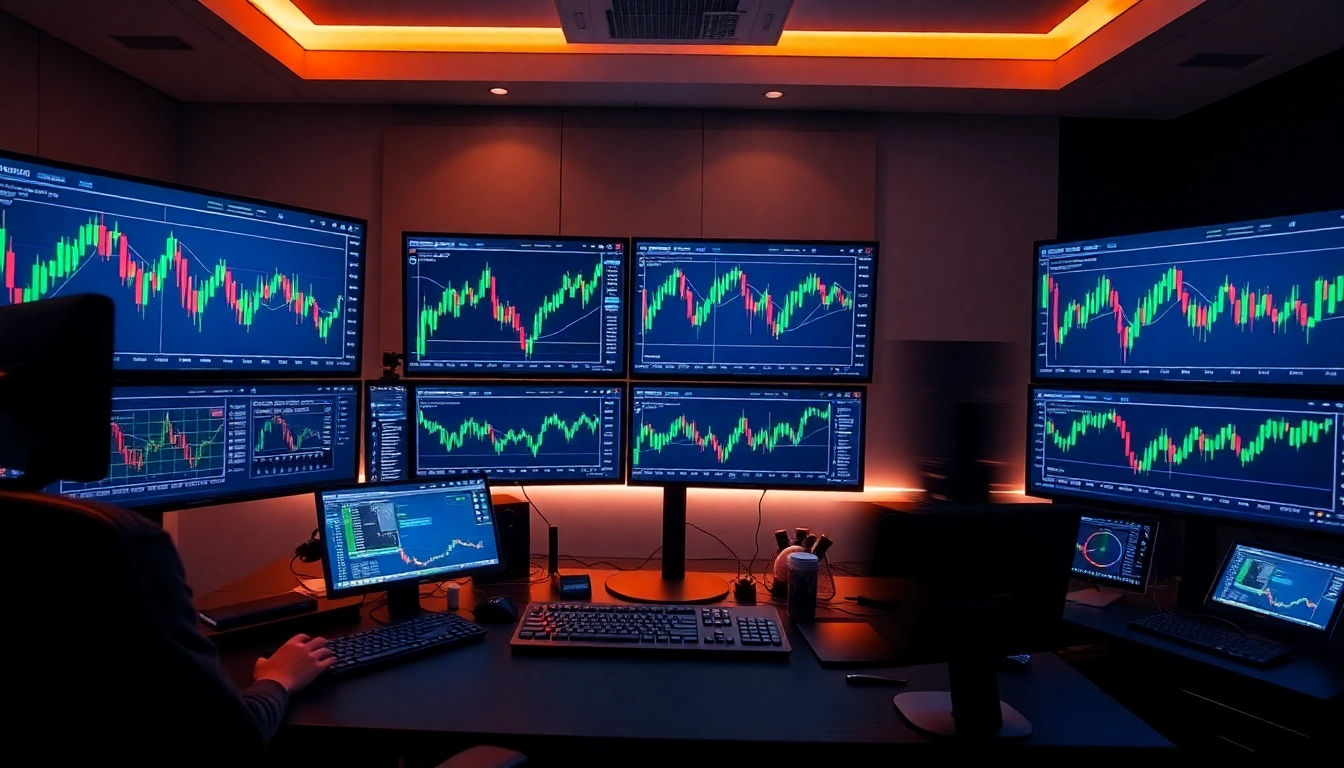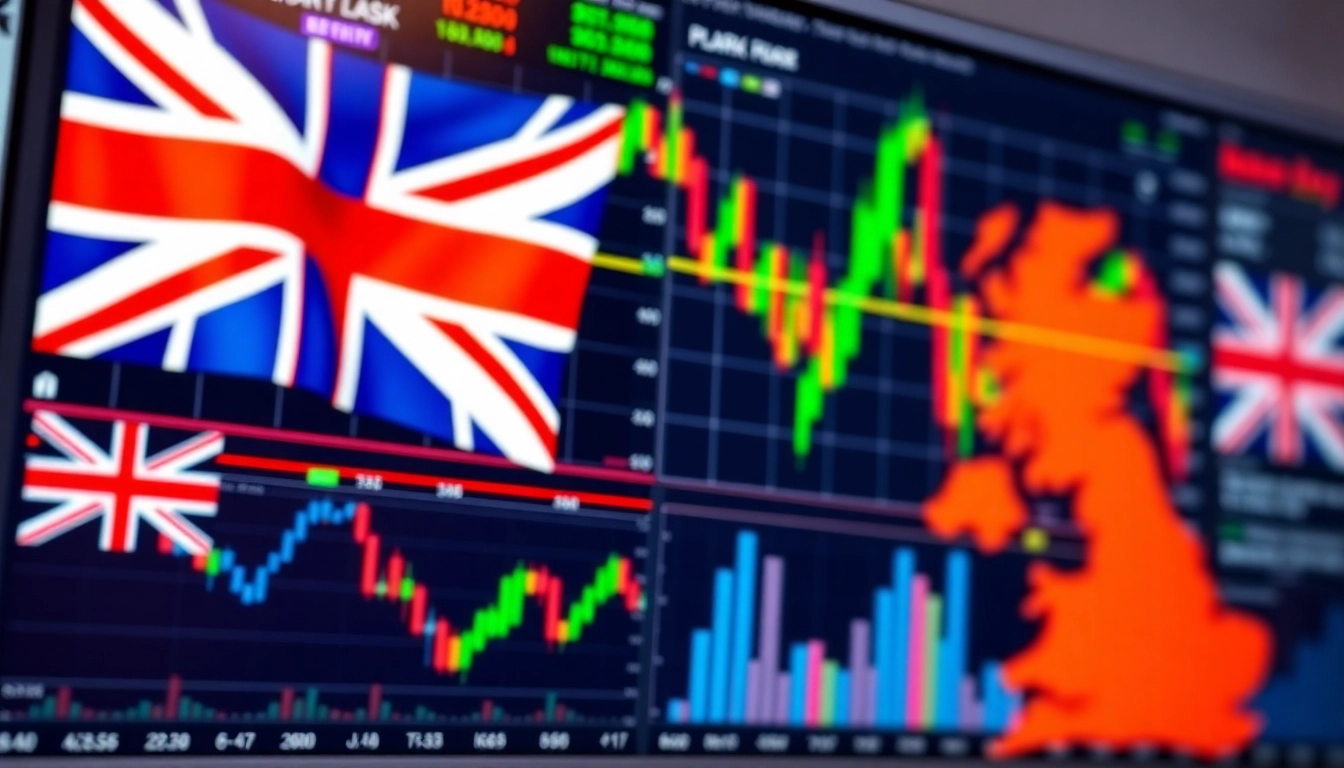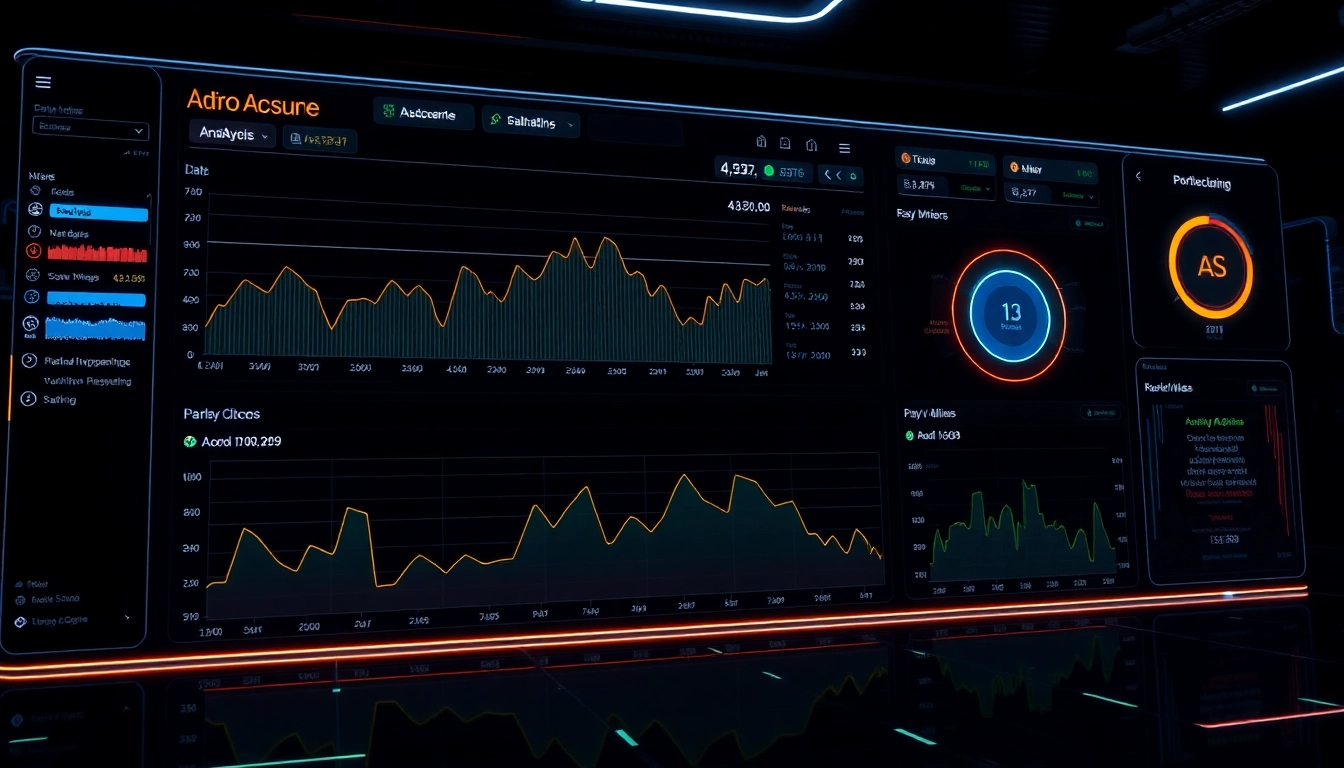Introduction to Trading View and Its Core Features
In the fast-paced world of financial markets, having access to real-time data, comprehensive analysis tools, and an active community can make a significant difference for traders and investors. trading view has established itself as a leading platform, offering a vast array of features designed to enhance market analysis, facilitate social trading, and improve decision-making processes. This article delves into the core functionalities of Trading View, exploring how its innovative tools empower users to navigate complex markets with confidence and precision.
Understanding the Trading View platform functionalities
Trading View stands out as a versatile platform that combines advanced charting technology, real-time data feeds, and social networking features. Its core functionality revolves around providing traders and investors with interactive charts that support multiple asset classes, including stocks, cryptocurrencies, forex, commodities, and indices. Users can customize layouts, apply technical analysis, and utilize an extensive library of indicators and overlays, all within an intuitive interface.
One of the platform’s distinguishing features is its ability to aggregate data from numerous global exchanges, ensuring comprehensive coverage and up-to-date information. Additionally, Trading View supports multi-timeframe analysis, enabling users to identify trends and signals across different time horizons. The platform is accessible via web browsers and mobile apps, making it convenient for users to monitor markets anytime, anywhere.
Key tools and widgets for traders and investors
Trading View offers a rich suite of tools that cater to both novice and professional traders. Some of the most utilized tools include:
- Technical Indicators: Over 100 built-in indicators such as Moving Averages, RSI, MACD, Bollinger Bands, and Fibonacci Retracements assist in market analysis.
- Drawing Tools: Trend lines, channels, Fibonacci tools,, and pattern recognition tools help traders visually analyze price movements and identify potential entry and exit points.
- Custom Scripts and Strategies: Trading View allows users to create and implement custom scripts using Pine Script, enabling automation of strategies and backtesting.
- Alerts and Notifications: Users can set real-time alerts based on specific conditions, such as a price crossing a level or a technical indicator signaling a buy or sell.
- Market Screener: The integrated screener helps filter assets based on technical and fundamental criteria, streamlining the process of finding promising trading opportunities.
- Community Ideas and Publishing: Traders can share their analyses, view others’ ideas, and engage with a global community to gain insights and improve their strategies.
Getting Started with Trading View: Setup and Customization
Creating an account and setting up your workspace
Getting started on Trading View is straightforward. Simply sign up with an email or social login, and customize your workspace according to your trading style. Once logged in, you can select from various pre-designed templates or create a personalized dashboard by adding or removing widgets, arranging charts, and configuring layouts to suit your preferences.
Creating an account allows access to additional features such as saving chart layouts, setting personalized alerts, and participating in the community. Upgrading to a paid plan unlocks more advanced functionalities like higher data limits and additional indicators.
Customizing charts for different asset classes
Different assets require tailored analysis setups. For stocks, traders might focus on fundamental data overlays and specific technical indicators such as volume studies. Cryptocurrency traders often prefer tick-by-tick data and volatility indicators. Trading View facilitates customization by allowing users to set up dedicated charts with relevant indicators, timeframes, and color schemes, making it easier to interpret signals efficiently for each asset class.
Color schemes, grid layouts, and font sizes can all be adjusted to improve readability, while multiple chart types (candlestick, line, area, Heikin-Ashi) cater to different analysis preferences.
Utilizing watchlists, alerts, and notifications effectively
Watchlists enable traders to monitor multiple assets simultaneously. Users can create customized watchlists, organize assets into groups, and modify them on the fly. Alerts are vital for timely decision-making; Trading View allows setting precise conditions for price, indicator levels, or pattern recognition, with notifications delivered via email, SMS, or app alerts.
Effective use of notifications ensures traders do not miss critical market movements, especially during volatile sessions or when managing multiple positions. Regularly reviewing and updating watchlists and alert conditions helps maintain situational awareness and adapt to changing market dynamics.
Advanced Charting Techniques and Analysis
Using technical indicators and overlays in Trading View
Technical indicators are the backbone of market analysis on Trading View. Advanced traders combine multiple indicators to generate more precise signals. For instance, pairing moving averages with RSI can help confirm trend strength and potential reversals. Trading View’s platform enables stacking indicators and adjusting their parameters in real-time to optimize signals.
Overlays such as Fibonacci retracement or Ichimoku Clouds offer contextual views, helping traders identify support and resistance levels, trend directions, and market momentum. The platform’s adaptability makes it possible to tailor indicator combinations to individual trading strategies.
Applying drawing tools for trend lines and patterns
Drawing tools are essential for visual pattern recognition, such as head and shoulders, double tops/bottoms, or flag formations. Trading View provides precise tools for trend lines, channels, and geometric shapes to canvas on charts, with options for automatic pattern recognition and annotations. These visual cues assist traders in planning entries, exits, and stop-loss placements, improving overall trade management.
Additionally, using time and price extensions enables traders to project potential market targets based on historical patterns or Fibonacci levels, adding a layer of predictive analysis to their approach.
Implementing scripting and automated strategies
Automation is a powerful feature within Trading View through its proprietary Pine Script language. Traders can develop custom indicators, alerts, and backtest trading strategies against historical data. For example, a trader might script a moving average crossover strategy and evaluate its effectiveness over multiple assets or timeframes.
Implementing automated strategies reduces emotional decision-making and allows for systematic trading, especially pertinent in high-frequency or algorithmic trading environments. The platform’s backtesting tools provide performance metrics, drawdown analysis, and Optimization options to refine strategies before live deployment.
Strategies for Maximizing Trading View’s Social and Community Features
Engaging with community ideas and shared analyses
One of Trading View’s most valuable aspects is its vibrant community. Users can publish trading ideas, review others’ analyses, and participate in discussions. Engaging actively can lead to new insights, validation of trade setups, and exposure to diverse trading philosophies. Reviewing top-performing community ideas also helps traders calibrate their strategies and discover emerging market trends.
Using Trading View’s social network to refine trading strategies
The social network offers real-time interaction with traders worldwide. By following experienced analysts, subscribing to their ideas, and commenting constructively, traders can deepen their understanding of market dynamics. This peer-to-peer learning accelerates skill development and provides feedback on personal analysis, fostering continuous improvement.
Sharing your insights and gaining feedback from other traders
Sharing your own analysis on Trading View allows you to showcase your skills and receive constructive critique. This feedback loop can identify overlooked risk factors or confirm successful strategies. Over time, active community participation establishes credibility and heightens your reputation within the platform, opening avenues for collaborations and mentorships.
Optimizing Trading View for Better Performance and Results
Data management and system integration tips
For optimal performance, ensure your device’s internet connection is stable, as Trading View relies heavily on real-time data streaming. Use browser extensions or desktop clients that are optimized for performance, and limit background processes that might slow down your system.
Additionally, Trading View integrates with various brokerage accounts, allowing seamless trading execution directly from the platform. Secure API connections and account management practices are vital for maintaining high security and operational efficiency.
Monitoring performance metrics and adjusting settings
Regularly review your chart setups and alert configurations to eliminate noise and focus on actionable signals. Use the platform’s built-in performance metrics and backtesting reports to evaluate the effectiveness of your strategies. Adjust indicator parameters, timeframes, and alert conditions based on these insights to enhance accuracy.
Staying updated with new features and market trends
Trading View continuously upgrades its platform with new tools, indicators, and features. Subscribe to their updates, participate in webinars, and follow their blog to stay informed. Incorporating new functionalities can give traders an edge in analyzing emerging market opportunities and adapting strategies accordingly.



